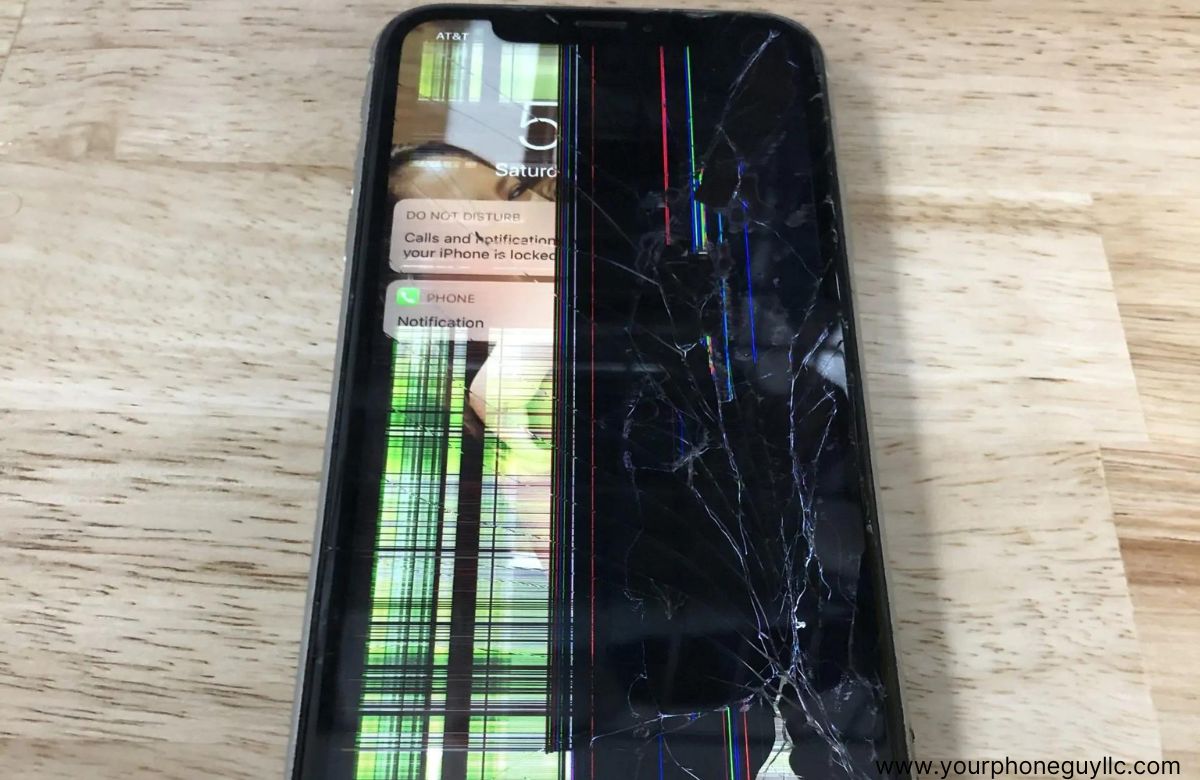How To Check Mobile Screen Damage
In the current era, mobile screens have evolved from basic LCD panels to advanced OLED and AMOLED displays, offering captivating visuals and colors while becoming more susceptible to damage. Modern smartphone designs, featuring edge-to-edge displays and minimal bezels, expose screens to accidental drops, impacts, and scratches. Recognizing types of damage is crucial; cracks, shatters, scratches, dead pixels, and lines can all compromise screen functionality.
In order to assess damage, visually inspect for irregularities, test touch responsiveness, analyze display quality, and ensure uniform brightness. Preventive measures include using quality screen protectors, protective cases, handling with care, and avoiding extreme temperatures to maintain screen longevity. In this comprehensive blog, we will highlight and discuss the intricacies of identifying and addressing mobile screen damage, equipping you with the knowledge to ensure your device's longevity, optimal performance and a path to avoid phone repair services.
Understanding The Vulnerability of Mobile Screens: A Path to Avoid Phone Repairs
In comprehending the vulnerability of mobile screens, we embark on a journey to prevent potential issues that might lead to phone repair services. As we are aware of the fact that the mobile screens have evolved significantly over the years, transforming from basic LCD panels to advanced OLED and AMOLED displays. While these advancements offer stunning visuals and vibrant colors, they also render screens more susceptible to damage. Modern smartphone designs often feature edge-to-edge displays with minimal bezels, leaving screens exposed and vulnerable to accidental drops, impacts, and scratches.
Identifying Different Types Of Screen Damage
Cracks and Shatters: One of the most evident and concerning types of phone screen damages are visible cracks or shatters. These can occur due to substantial drops or blunt impacts. Cracked screens not only compromise the device's aesthetics but also impede touch functionality and visibility.
Scratches: While scratches might seem minor, they can accumulate over time, affecting the screen's clarity and responsiveness. Small scratches can distort visuals and make the screen less enjoyable to interact with.
Dead Pixels: Dead pixels are unresponsive pixels that appear as small black dots on the screen. They can result from manufacturing defects or screen damage. While a few dead pixels might be tolerable, a cluster of them can be distracting and diminish the overall screen quality.
Lines or Bands: Horizontal or vertical lines or bands across the screen can indicate internal screen damage. These lines might appear due to a drop or impact that damages the underlying display components.
Steps To Check For Mobile Screen Damage
Visual Inspection: Begin by visually inspecting the screen under good lighting conditions. Look for cracks, scratches, dead pixels, and any irregularities that might not be immediately apparent during regular usage.
Touch Responsiveness: Gently navigate through different areas of the screen to ensure touch responsiveness. Unresponsive areas or areas that register unintended touches could indicate screen damage.
Display Quality: Display a plain, single-colored image on the screen to check for any lines, bands, or discoloration. Compare the displayed color to the original color to identify any anomalies.
Screen Brightness: Test the screen at different brightness levels to ensure consistent brightness across the display. Inconsistent brightness could be indicative of internal damage.
Rotation and Orientation: Rotate the device and observe if the display adjusts accordingly. Damaged screens might not respond correctly to changes in orientation.
Preventive Measures to Avoid Mobile Screen Damage
Use a Screen Protector: Applying a high-quality screen protector can shield the screen from scratches and minor impacts. Tempered glass protectors offer an additional layer of protection against drops.
Invest in a Protective Case: A durable and shock-absorbing case can significantly reduce the impact of accidental drops, safeguarding both the screen and the device's body.
Handle with Care: Avoid placing sharp objects in the same pocket as your phone and refrain from placing the device face-down on rough surfaces. These simple habits can prevent scratches and cracks.
Avoid Extreme Temperatures: Exposing your phone to extreme temperatures, whether hot or cold, can weaken the screen's integrity. Avoid leaving your device in direct sunlight or extremely cold environments.
Conclusion
As we conclude, your smartphone's screen is its gateway to the digital realm, and understanding how to identify and address mobile screen damage is crucial for maintaining an optimal user experience. Regular inspections, preventive measures, and prompt action in case of damage can prolong the life of your device and ensure that you continue to enjoy seamless interaction with your digital world.
If you're in search of professional solutions to fix phone screen damages, look no further than Your Phone Guy. With a reputation for reliability, we proudly stand as the premier choice for cell phone repair services, all delivered at competitive rates.
For more information, contact us or visit our website.


